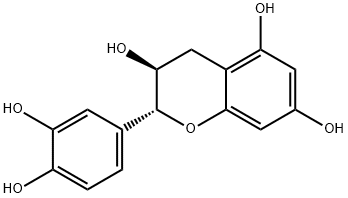Teapolyphenol , 97% , 84650-60-2
Synonym(s):
Green tea extract;Tea extract from Camellia sinensis
CAS NO.:84650-60-2
Empirical Formula: C17H19N3O
Molecular Weight: 281.36
MDL number: MFCD01776961
EINECS: 200-053-1
| Pack Size | Price | Stock | Quantity |
| 5g | RMB49.60 | In Stock |
|
| 25g | RMB182.40 | In Stock |
|
| 100g | RMB556.80 | In Stock |
|
| 500g | RMB2260.80 | In Stock |
|
| others | Enquire |
PRODUCT Properties
| storage temp. | -20°C |
| solubility | DMSO (Slightly), Methanol (Slightly) |
| form | Solid |
| color | Light Orange |
| Odor | at 100.00 %. tea |
| Odor Type | herbal |
Description and Uses
green tea extract (Camellia sinensis L.) is a powerful anti-oxidant because of its catechin content, it is also known to be an antibacterial, anti-inflammatory, and a stimulant. In clinical studies, green tea demonstrates an ability to prevent or at least postpone the onset of such illnesses as cancer and heart disease. This is attributed to the catechin component’s ability to penetrate into a cell, thereby protecting the cell from free radicals and associated damage. Because of its anti-oxidant properties, green tea is usually incorporated into anti-aging formulations. When applied topically, it can also reduce skin swelling. In addition, it can be found in sunscreens, given its ability to extend the product’s SPF. The extract and its associated catechins can be obtained from both the plant and its dried leaves. other constituents of green tea include caffeine and phenolic acids.
Safety
| Symbol(GHS) |   GHS02,GHS07 |
| Signal word | Warning |
| Hazard statements | H225-H319-H226 |
| Precautionary statements | P210-P233-P240-P241-P242-P243-P280-P303+P361+P353-P370+P378-P403+P235-P501-P264-P280-P305+P351+P338-P337+P313P |
| WGK Germany | 3 |
| HS Code | 2101200040 |


